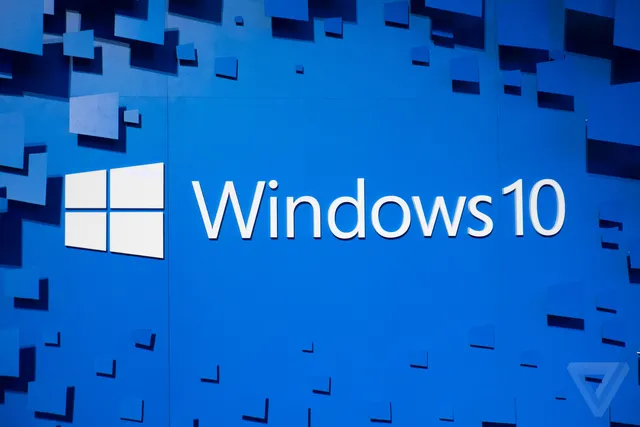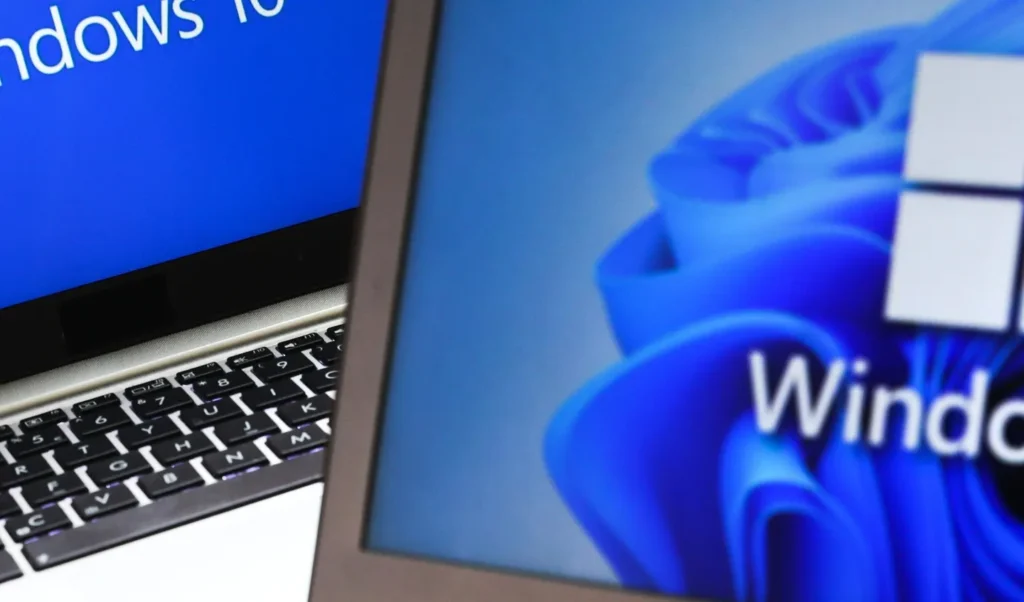Address
33-17, Q Sentral.
2A, Jalan Stesen Sentral 2, Kuala Lumpur Sentral,
50470 Federal Territory of Kuala Lumpur
Contact
+603-2701-3606
info@linkdood.com
Address
33-17, Q Sentral.
2A, Jalan Stesen Sentral 2, Kuala Lumpur Sentral,
50470 Federal Territory of Kuala Lumpur
Contact
+603-2701-3606
info@linkdood.com

In a recent alert, Microsoft has issued a significant announcement for its massive user base — numbering approximately 1.4 billion — urging users of Windows 10 and Windows 11 to ensure their systems are up-to-date or risk losing out on critical security updates. As cybersecurity concerns grow and technology advances, the pressure on older operating systems to maintain security and performance standards becomes more pronounced. Microsoft’s free upgrade offer aims to keep users secure while easing the transition to more advanced and secure software environments.

Microsoft’s latest move underscores the growing risks associated with outdated software. As hackers and cybercriminals become more sophisticated, operating systems that no longer receive updates can leave users vulnerable to a variety of cyber threats, including malware, ransomware, and data breaches.
For users of both Windows 10 and 11, ensuring that they are on the latest versions not only provides access to new features but is crucial for continued protection. Microsoft’s offer highlights two key issues:
For eligible Windows 10 and 11 users, the upgrade to the latest supported versions of Windows 11 is free. Here are the primary steps involved:
While many users can take advantage of this free upgrade, there are several potential obstacles:

For users who cannot upgrade to Windows 11 due to hardware limitations or other restrictions, Microsoft will continue to provide security updates for Windows 10, though only until October 2025. After that, Microsoft strongly recommends upgrading to a device that supports the latest software. For those who choose to continue with Windows 10 beyond 2025, third-party security software can add a layer of protection, but it’s not a substitute for the comprehensive security of supported software.
For IT departments managing large fleets of computers, ensuring that all systems are updated can be challenging. Many organizations with custom software need to verify compatibility with the latest Windows versions, which can involve extensive testing.
Businesses are advised to start the upgrade process as early as possible to avoid potential disruptions. Additionally, IT teams should focus on educating staff about new security features, such as enhanced phishing detection and the latest multifactor authentication options, that come with Windows updates.
Aside from critical security improvements, upgrading to the latest version of Windows 11 offers users a range of new features:

Microsoft’s goal is to enhance user security and keep its user base on the latest, most secure, and efficient systems. Free upgrades are part of Microsoft’s efforts to encourage users to adopt the latest technology and reduce the security risks associated with older, unsupported versions.
If you don’t upgrade, your device could become increasingly vulnerable to security threats as it ages. While Microsoft will continue supporting Windows 10 until 2025, devices that are not updated by then will no longer receive security patches, leaving them exposed to potential risks.
Windows 11 has more demanding system requirements than Windows 10. You can use the “PC Health Check” tool to verify if your device is compatible. If it’s not, Microsoft recommends considering a new device to maintain up-to-date security and performance.
In most cases, upgrading to Windows 11 will not delete your files. However, it’s a good practice to back up all important data before initiating the upgrade to avoid potential data loss.
The upgrade to Windows 11 is free for eligible devices, but there may be costs in the future if your device requires new hardware or if you need to replace unsupported software.
If you encounter problems during the upgrade, Microsoft’s support services and online resources can provide assistance. Additionally, many IT professionals recommend doing a “clean install,” which can resolve compatibility issues but may require a full backup of your system.
Microsoft frequently posts updates on its website and sends notifications to users. To stay informed, regularly check the Windows Update section in your settings and consider subscribing to Microsoft’s newsletters or social media channels.
In conclusion, Microsoft’s free upgrade is not just about adopting the latest software — it’s a critical step for staying protected in an ever-evolving digital landscape. Users should take advantage of this opportunity to secure their devices, enjoy improved features, and enhance their digital experience.
Sources Forbes
Статья предоставляет объективную информацию о теме, подкрепленную различными источниками.
We are a bunch of volunteers and starting a new scheme in our community. Your site provided us with helpful info to work on. You have performed an impressive activity and our whole neighborhood shall be grateful to you.